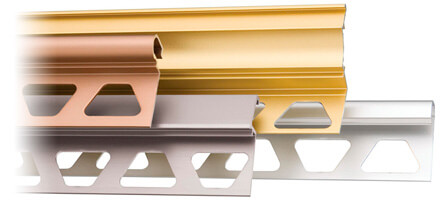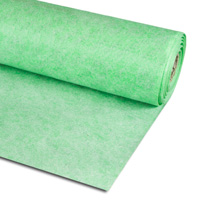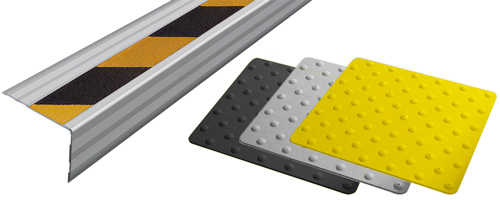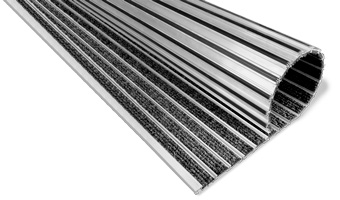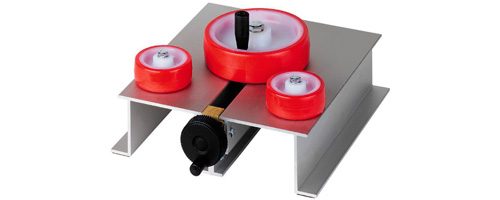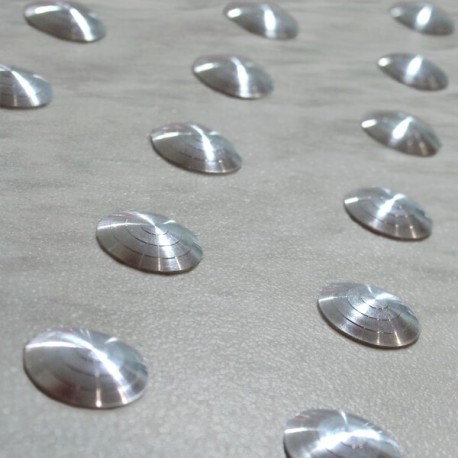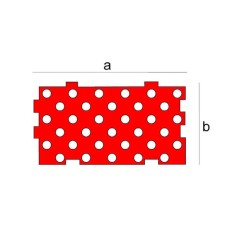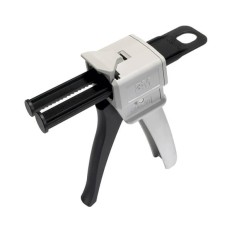Stainless steel overlay podotactile button does not include adhesive without drilling the pavements. Plain or ringed with concentric low relief circles designed as a warning solution to identify areas with obstacles and improve accessibility. To create podotactile ground.
Measurements:
- Diameter: 25mm.
- Height: 5 mm.

They are used to identify areas with obstacles, or areas where there is a change in height or opening without protection, such as stairs and open platforms. Being made of stainless steel, it makes them ideal for indoor and outdoor environments, and due to its non-slip and padotactile texture, they are easily identifiable by users. The placement template adjusts the size and arrangement of the installation holes.
Applications
They are podotactile buttons designed for placement, according to a pattern, as a warning element against the risk posed by the edges of platforms, pedestrian crossings, beginning and end of stairs, among others, especially for the blind and visually impaired.
Placed at the beginning and end of stairs, they serve as a signaling element by means of tactile contrast thanks to the projection of a few millimeters.
These stainless steel podotactile buttons are indicated for external placement.
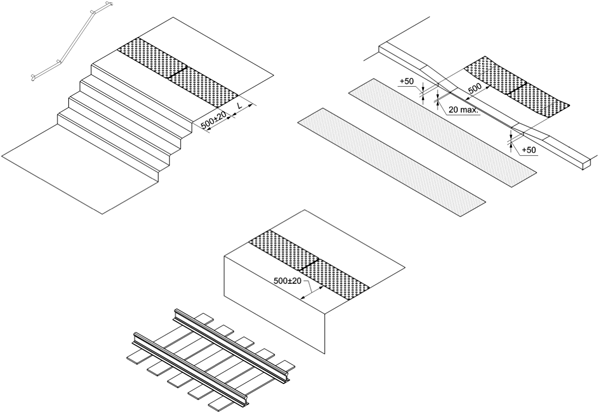
Materials
They are made of stainless steel, a metal with excellent properties. This metal is used in everyday utensils, tools, household appliances, housing structures, etc. It is also a metal widely used in less domestic areas such as infrastructure construction, the automobile or maritime industry, among others.
Installation
No need to drill holes in the pavement, just prepare the surface and glue them with a two-component polyurethane or epoxy adhesive to ensure a good bond to the support.

Cleaning and maintenance
They do not require excessive maintenance. It will be enough to use water and detergent or a specific neutral cleaner in solution. Outdoors the rains will have a cleaning function.
The use of abrasive or pickling products is not recommended, as well as strong acids (hydrochloric and perchloric), strong bases (caustic soda or ammonia) or carbonated solutions.

